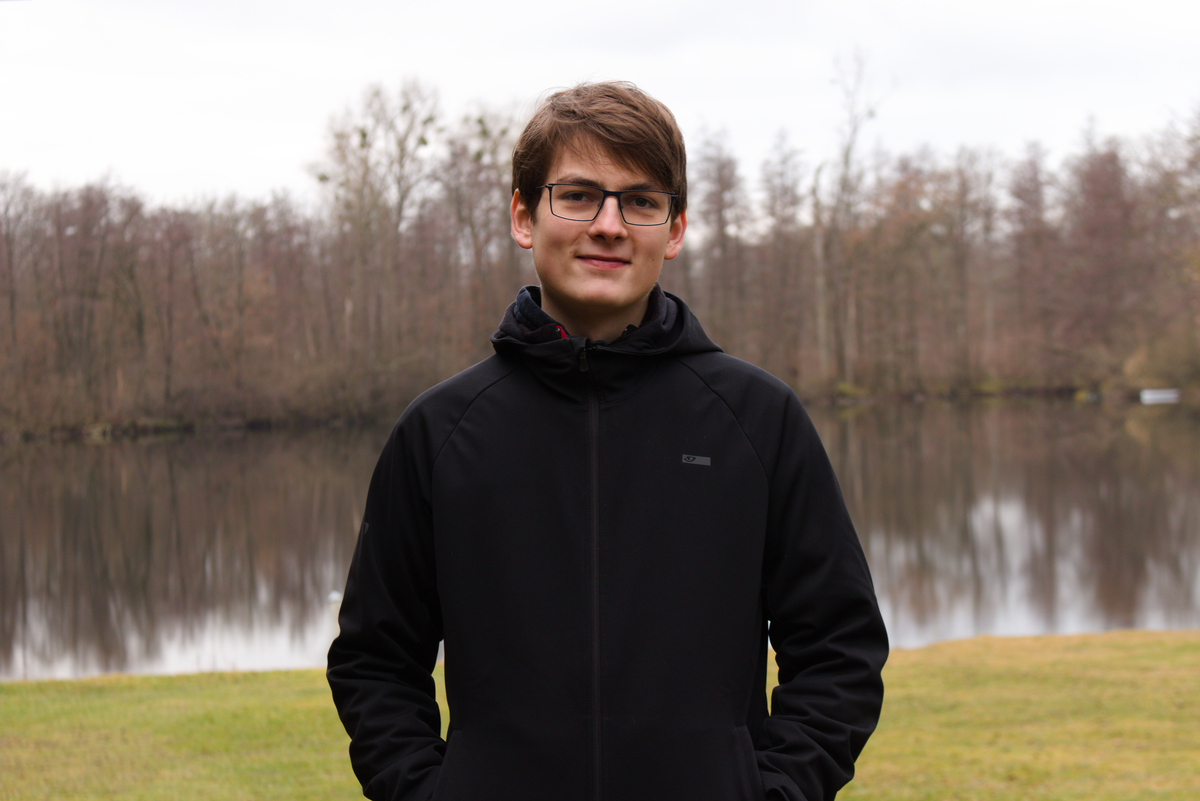"The best thing is to jump right into it, try things out"
Interview with Jonas Teufel, PhD student in the AiMat research group, working on the development of explainable AI methods in the Helmholtz Pilot Program Core-Informatics at KIT KiKIT.
What is your relation to the AiMat group and KIT?
I studied electrical engineering at KIT, and during my master’s program, Prof. Friederich introduced me to an opportunity for a research internship course ("Praxis der Forschung"). This experience led me to write my Master’s thesis in the AiMat group, and I recently joined the group as a PhD student.
What is the topic of your research?
My research revolves around using explainable AI (xAI) to gain deeper insights into molecular and material properties. Modern machine learning models have become remarkably effective at predicting properties of materials and molecules, suggesting that they have gained some form of deeper “understanding”. By applying xAI, we can analyze how the machine learning models arrive at their predictions — potentially uncovering new scientific knowledge in the process.
How does combining computer science with fields like chemistry, physics, and materials science lead to innovative research outcomes?
Each scientific discipline has developed its own methods of thinking and problem-solving. When these approaches intersect, they often generate unexpected ideas and breakthroughs. History is full of examples where concepts from one field have later greatly advanced another. However, for these connections to happen, interdisciplinary collaboration is essential—researchers need opportunities to exchange ideas and explore new perspectives.
Can you share an example of an interdisciplinary project that had a significant impact on your work?
In a collaboration with chemists from the University of Manitoba in Canada, the goal was to use explainable AI to understand a particular molecular property. To gain this understanding, the model suggested simple modifications to individual molecules which would result in strong changes of that target property. In this project, our collaborators were able to synthesize one such suggestion and experimentally verify the change in property. Seeing this kind of real-world outcome from a previously purely theoretical idea is one of the most rewarding parts of interdisciplinary projects.
What unique challenges and benefits have you experienced when collaborating across disciplines?
One of the biggest challenges is communication. Especially in the beginning, you frequently encounter unfamiliar terminology and concepts. Coming from a different background, it takes time to adapt to these new ways of thinking. A big benefit is that interdisciplinary collaboration significantly broadens the horizon of what you can accomplish. Collaborators bring expertise and skills that would take years to develop on your own, allowing to tackle many complex problems effectively.
In your opinion, what does the future hold for interdisciplinary research, and how can it drive progress in both technology and science?
I think there is still a lot of untapped potential. From a computer science perspective, advances in computational power and AI have provided us with a very powerful toolbox. In other disciplines, there are still open challenges which can benefit from one of these tools. The key to progress in this area will be how effectively we can match appropriate computational approaches with the right scientific problems.
What advice would you offer to researchers who are looking to expand their work into interdisciplinary fields?
There will be some challenges initially trying to familiarize yourself with foreign concepts and terminology. While this can be intimidating, it is also a good opportunity to expand your personal horizon. The best thing is to jump right into it, try things out and the learning will ultimately happen along the way. Importantly, you don’t need to master everything—collaborators can chip in and offer their own expertise for many of the finer details.

